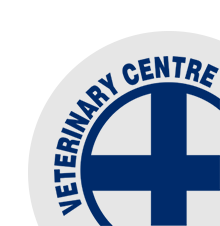BCS Cows Now to Plan for Next Season
/Final PD results are in and next years calving spread has been established. It is now time to start thinking about effective autumn/winter management of cows with the aim of getting mature cows to BCS 5.0 and R2's and R3's to 5.5.
What's the point in achieving the above targets you may ask. It is now well established that cows that calve in optimal condition (BCS 5.0 v 4.0) will produce more than 20kg of MS extra over the first 8 weeks of lactation and will resume cycling about 10 days earlier. These earlier cycling cows will tend to have better conception rates come mating time.
To achieve target BCS at calving some planning needs to be put in place now. The average cow in NZ only manages to gain 0.5 of a BCS over the dry period. Therefore, mature cows should ideally be dried off at BCS 4.5 and R3's at 5.0. Early identification of light cows in the autumn means that they can receive special attention. This may involve one or a combination of the following - OAD milking, increased grain or PKE allocation or early dry off. Cows can then be rescored in May for winter group creation.
If all cows reach a similar BCS at dry off it will simplify wintering as cows only need to be wintered in 'due to calve groups'.
Ask your prime vet about individual BCSing of cows during a milking.



